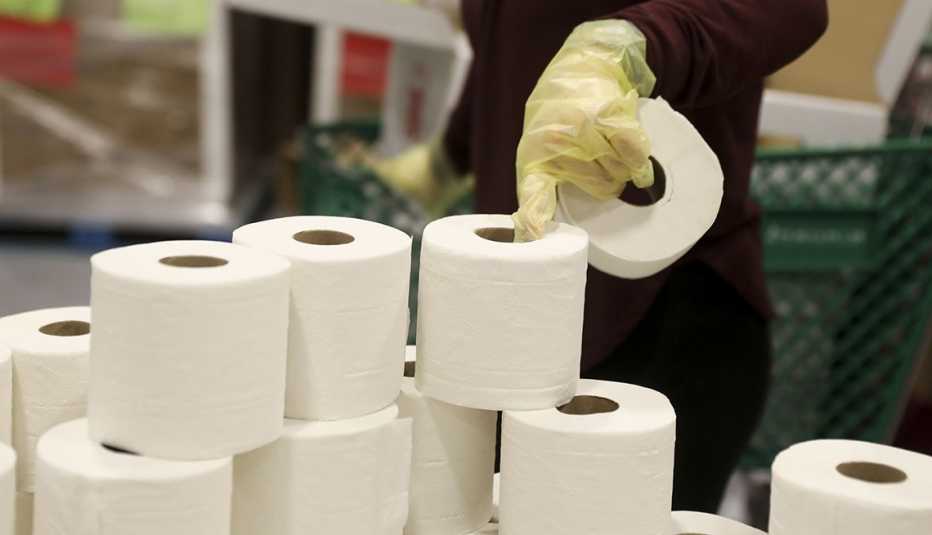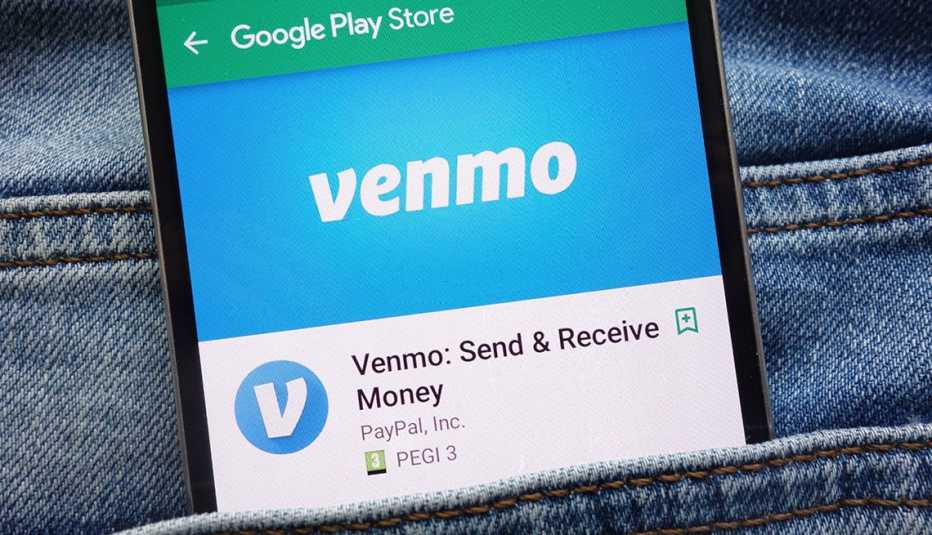AARP Hearing Center
When Diane Gottsman saw her hairdresser in San Antonio for the first time since the coronavirus outbreak began, she left a larger-than-usual tip — and not just because her hair was a self-described mess after two months of styling it herself.
"She could not work those months,” says Gottsman, who assesses tipping decisions as both a customer and as the head of the Protocol School of Texas, which provides etiquette training for corporate and academic leaders. “We should not feel compelled to pay them for all those months we missed without a service, but if we can give them a little extra, why not?”
Etiquette experts like Gottsman are fielding a lot of questions about tipping as people rethink remuneration for those providing services in the fraught environment of the pandemic — from delivery people risking virus exposure when making runs to baristas and hairstylists slowly returning to work after weeks without pay.
Pandemic Tipping at a Glance
Experts suggest these tips for services during the coronavirus outbreak, if you can afford them.
- Grocery delivery: 10-20 percent
- Meal delivery: 15 percent
- Restaurant takeout: 15-20 percent
- Personal services: 20-25 percent (or double your usual tip amount)
Consumers appear to be rising to the occasion. A May survey by Bankrate.com found that 62 percent of people who have had food delivered during the pandemic are tipping more than they did before, and 21 percent “much more.” Instacart, one of the biggest grocery-delivery services, says its “shoppers” — the workers who fulfill and deliver customer orders — have seen tips nearly double amid the outbreak.
"Before all of this, people were debating the whole idea of tipping, but during this pandemic that's really kind of gone away,” says Paul Bagdan, a professor in the College of Hospitality Management at Johnson & Wales University in Providence, Rhode Island. “They're not arguing the idea [of] should I be tipping this person who bags my groceries or delivers my groceries anymore. They're really just doing it."
Here are some expert rules of thumb for tipping during the coronavirus, all subject to your own financial circumstances.
Know your tipping point
When people ask if they should be tipping more, “My answer is, ‘When you can, please do,'” Gottsman says. Workers delivering groceries and meals for services like Instacart, DoorDash and Grubhub “are getting into a situation that they're putting their personal health at risk,” she says. “We have to remember that when we're tipping."
How much more is appropriate? “I like to tip a minimum of $10 per delivery right now, but some people would not be able to do so,” she says. “It's all very personal."





































































